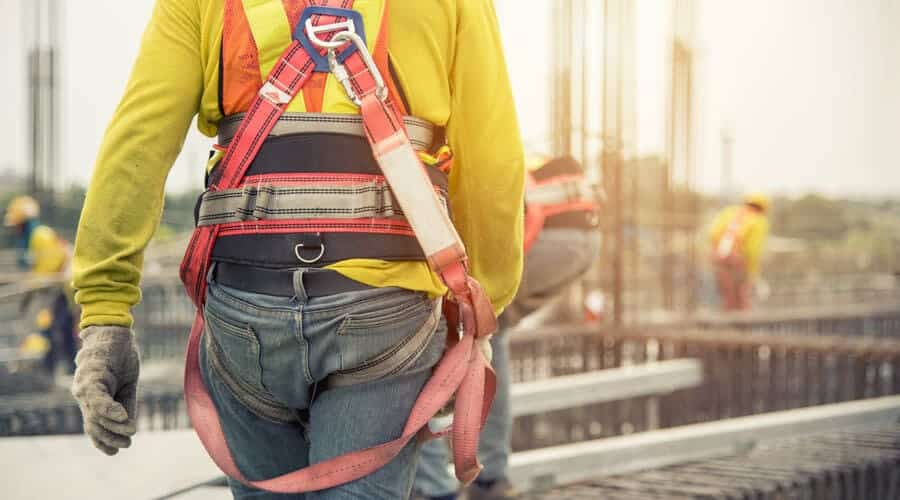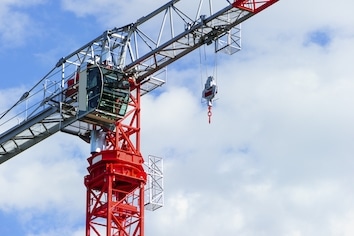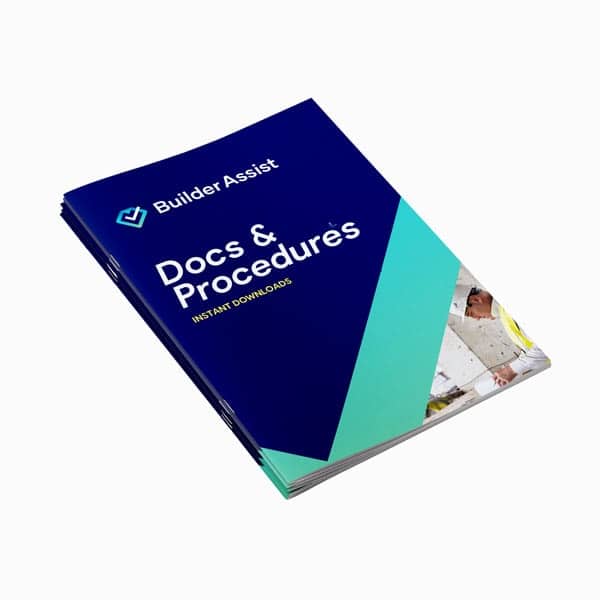
Builder Assist provides industry-leading Safe Work Method Statements for all trades, in each state, Australia-wide. The templates are specifically tailored. So all you need to do is add your business and site-specific details. But what does a SWMS template include?
Safe Work Method Statements (SWMS) are legally required for any construction work that's considered ‘high risk’. This could be anything from working at heights, working with mobile plant equipment, electrical installations, or working in confined spaces.
SWMS break down high-risk work into safe, logical steps, and control any risks that are associated with each activity. Working through each job and the associated risks, will help ensure that all high-risk construction work (HRCW) is completed safely.

Safe Work Method Statements (SWMS) are legally required for any construction work that is considered ‘high risk’.
Your SWMS should be easy to understand by all workers on site and should be completed before any HRCW commences.
Sometimes, Safe Work Method Statements can be over-complicated. So, it’s important that a completed SWMS template includes only the necessary information. This way it is understood, easily implemented on your worksite and monitored appropriately.
So, what do Safe Work Method Statements include?
We’ve broken it down, and outlined below exactly what needs to be included in every SWMS template you complete on your worksite:
- Details of the person undertaking the high risk construction work should be listed at the beginning of your SWMS template, as well as the principal contractor and worksite manager. These should be listed in an easy-to-reference location.
- Next, each high risk activity should be listed and broken down into logical job steps. Thinking through each step with safety in mind will ensure the safest method of completing the task has been identified.
- Outline all the hazards associated with each high risk activity, and be sure to document the control measures that will need to be put in place to eliminate or control the risks for the workers’ safety.
- Additionally, your SWMS should document how these control measures will be implemented, monitored and reviewed, including who is responsible for reviewing the control measures, and the date in which they will need to be reviewed.
SWMS sign off and changes
- A SWMS needs to be signed off as ‘completed’ by the person conducting the business or undertaking (PCBU) before any of the high risk work can be completed. It's also beneficial to make sure a copy of the completed SWMS template is made available to the principal contractor.
- A completed SWMS is updated if there are any changes to the high-risk worksite, including any additional risks, equipment being used, personnel onsite, or other external factors.
Builder Assist have developed a range of industry-compliant Safe Work Method Statement templates. Every SWMS template complies with the Work Health & Safety Act, Work Health & Safety Regulations and applicable Codes of Practice.
You can download each applicable Legislation, Codes of Practice, and references here on our website.
Where to find a SWMS template
Builder Assist provide industry-leading, tailored SWMS templates.
Not sure what documents and procedures you might need in your trade? No worries! Simply visit Tradespeople Documentation, where you can access Builder Assist’s instant download of documents and procedures specific to your trade profession.




